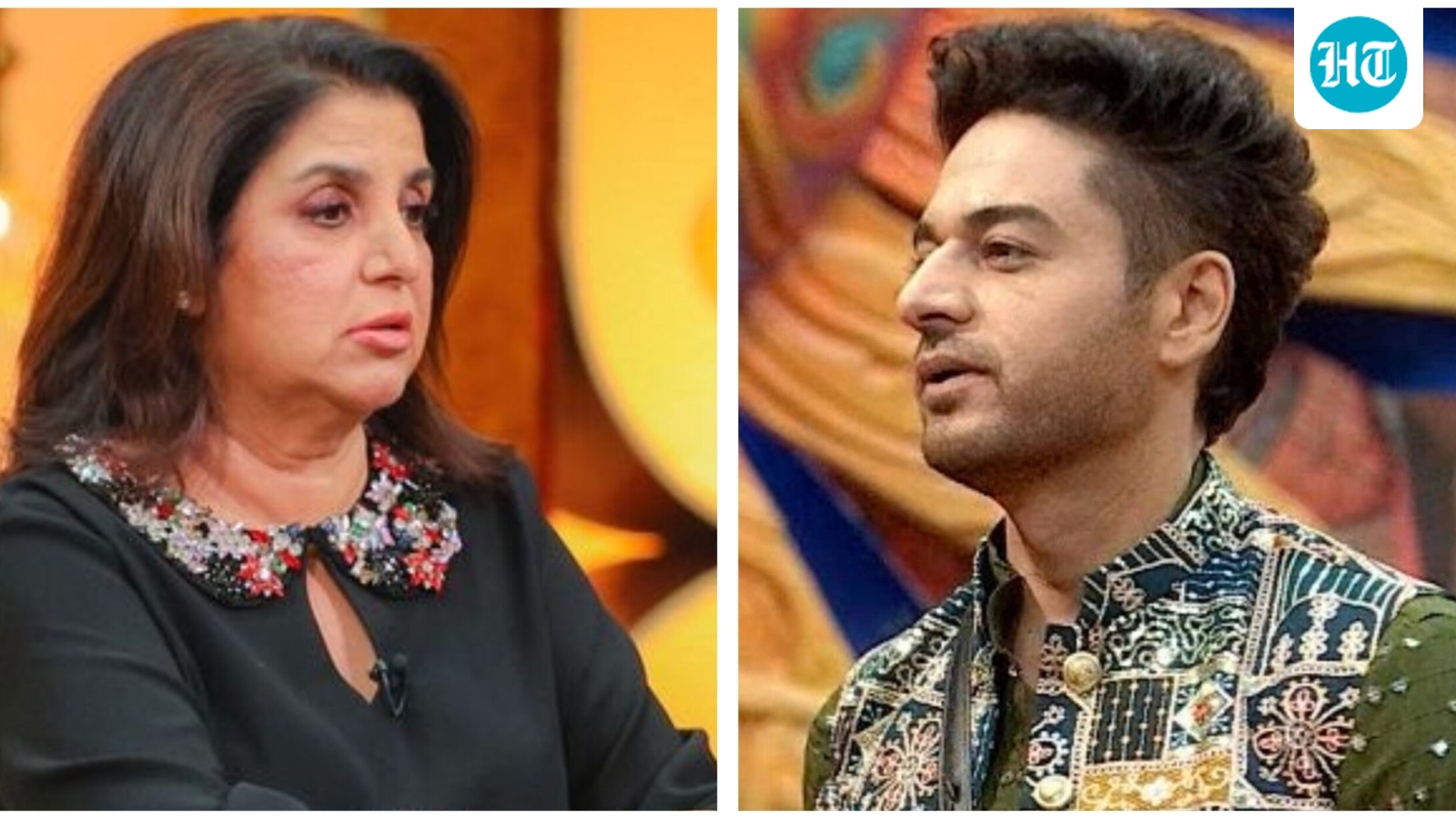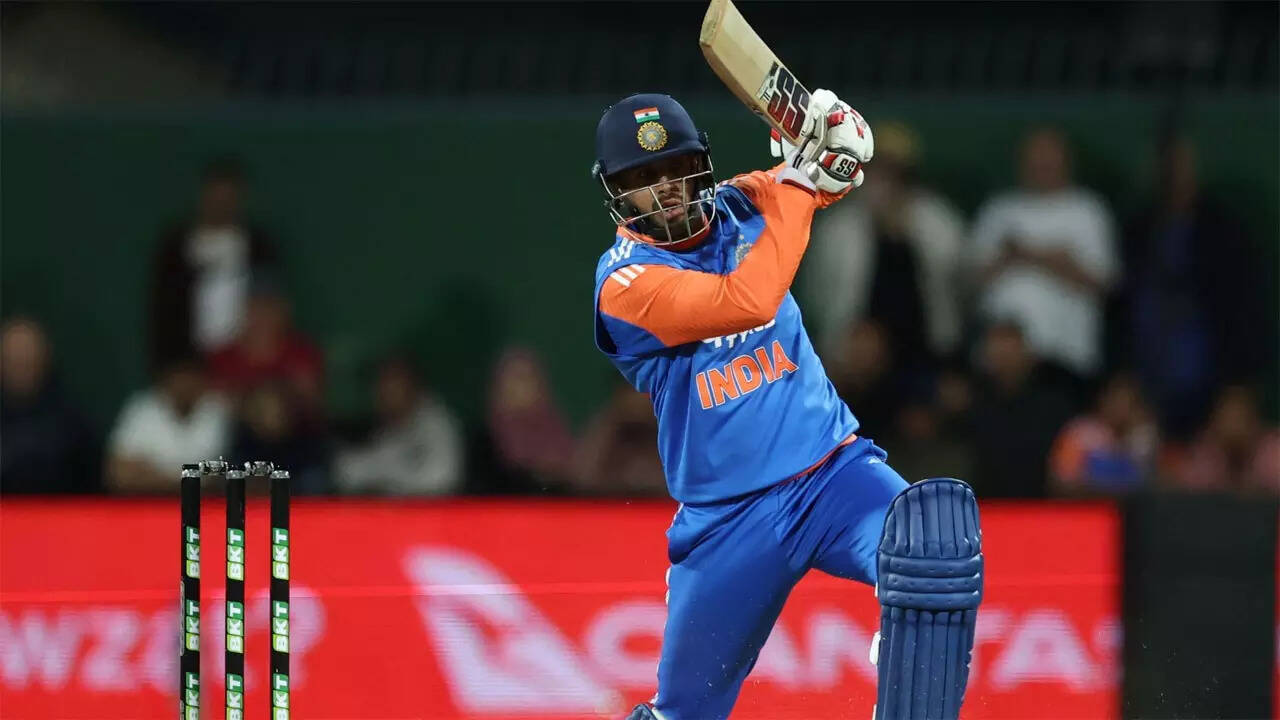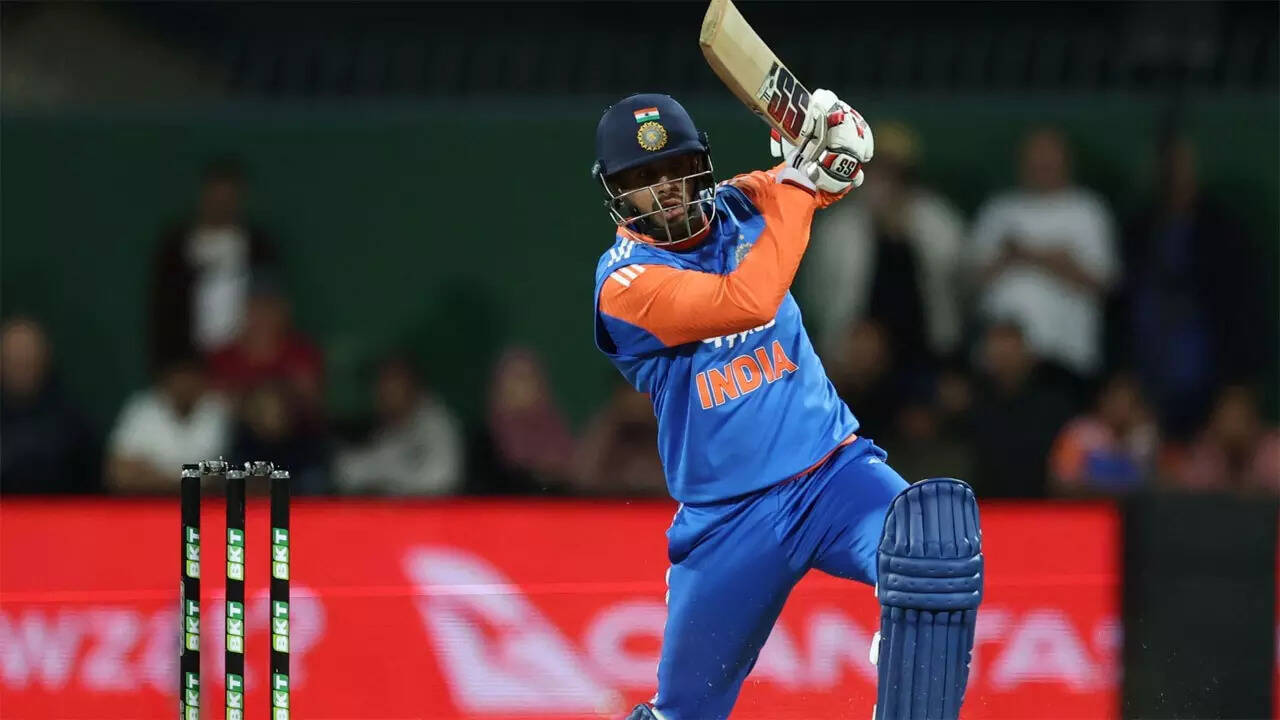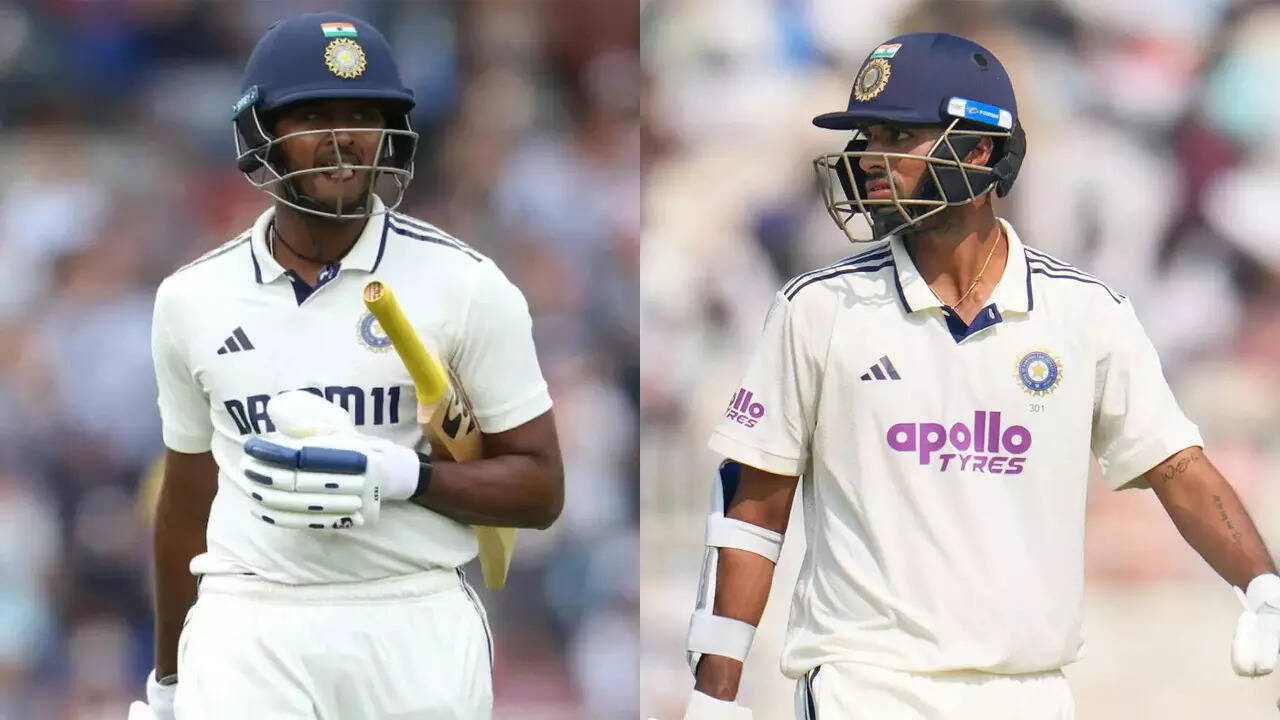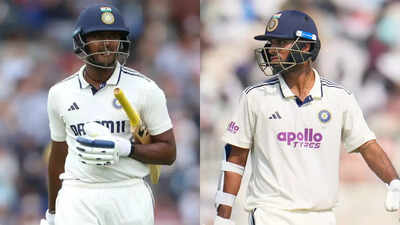NEW DELHI: India’s deepening Test troubles at home have brought the spotlight firmly on an unexpected but crucial issue — the constant chopping and changing at the No.3 batting position. The debate intensified after Washington Sundar walked out at one-down during the first Test against South Africa at Eden Gardens, a match where India’s batting folded dramatically on a turning surface and resulted in their fourth defeat in six home games.Go Beyond The Boundary with our YouTube channel. SUBSCRIBE NOW!With Guwahati set to host its first-ever Test on Saturday — a must-win for India to avoid a series setback — the scrutiny has widened beyond pitches and collapses. A recurring pattern since July last year, when Gautam Gambhir took over as head coach from Rahul Dravid, has become a major talking point: India have used seven different batters at No.3 in just 18 Tests.
Those 18 Tests under Gambhir have produced 7 wins, 9 losses and 2 draws. At home, the numbers read 4W-4L, while away results stand at 3W-5L-2D. But the constant rotation at one of the most important positions in Test cricket has raised questions about stability, planning and the overall red-ball structure.Shubman Gill began Gambhir’s tenure as the designated No.3, having already moved down from opening to make room for Yashasvi Jaiswal. He batted there in seven matches, scoring 401 runs in 13 innings at an average of 33.42, including a century against Bangladesh. But after the retirements of Virat Kohli and Rohit Sharma, Gill took over the captaincy and shifted to No.4, leaving the No.3 slot vacant again.
Poll
Do you believe that constant changes at No.3 have affected India’s Test performance?
Sai Sudharsan seemed the next logical choice. He played all five of his Tests under Gambhir at No.3, producing 273 runs at an average of 30.33, with two half-centuries and a highest score of 87 against the West Indies. Yet, despite being the most consistently used batter in that position after Gill, Sudharsan was replaced by Washington Sundar in Kolkata.Before Sudharsan, Virat Kohli briefly slotted into the role for one Test in Bengaluru against New Zealand, scoring a duck and 70 in a losing effort. Karun Nair, who made a high-profile return to Test cricket in England earlier this year, also occupied the spot for two Tests, scoring 111 runs in four innings without passing fifty. His contributions were steady but not enough to secure the place.Batters’ records at No.3 under Gambhir:
| No.3 Batter | Matches | Runs | Ave. | HS |
| Shubman Gill | 7 | 401 | 33.42 | 119* |
| Sai Sudharsan | 5 | 273 | 30.33 | 87 |
| Karun Nair | 2 | 111 | 27.75 | 40 |
| Virat Kohli | 1 | 70 | 35.00 | 70 |
| Devdutt Padikkal | 1 | 25 | 12.50 | 25 |
| KL Rahul | 1 | 24 | 12.00 | 24 |
| Washington Sundar | 1 | 60 | 30.00 | 31 |
Two more names were tried during the period. Devdutt Padikkal batted at No.3 in Perth against Australia, managing 0 and 25. KL Rahul took the position in Melbourne, scoring 24 and 0, before India moved on to other combinations.Finally came Washington Sundar at Eden Gardens, whose scores of 29 and 31 were creditable given the surface but immediately intensified the public debate on India’s selection philosophy. Sundar’s promotion, despite not being a specialist top-order batter, highlighted just how unsettled the role has become.The rapid turnover of batters at No.3 — seven players in 18 Tests — stands in stark contrast to India’s long history of stability at the position, once held for years by Cheteshwar Pujara and, before him, Rahul Dravid. While injuries, retirements and form have contributed to the transitions, the persistent experimentation has become a symbol of India’s ongoing red-ball uncertainty.As India prepare for the second Test in Guwahati, all eyes will be on whether the musical chairs continue or whether Gambhir finally settles on a long-term option. For a team already grappling with home defeats, batting vulnerabilities and changing leadership, finding clarity at No.3 has now become more than a tactical decision — it is central to restoring balance in India’s Test batting order.




